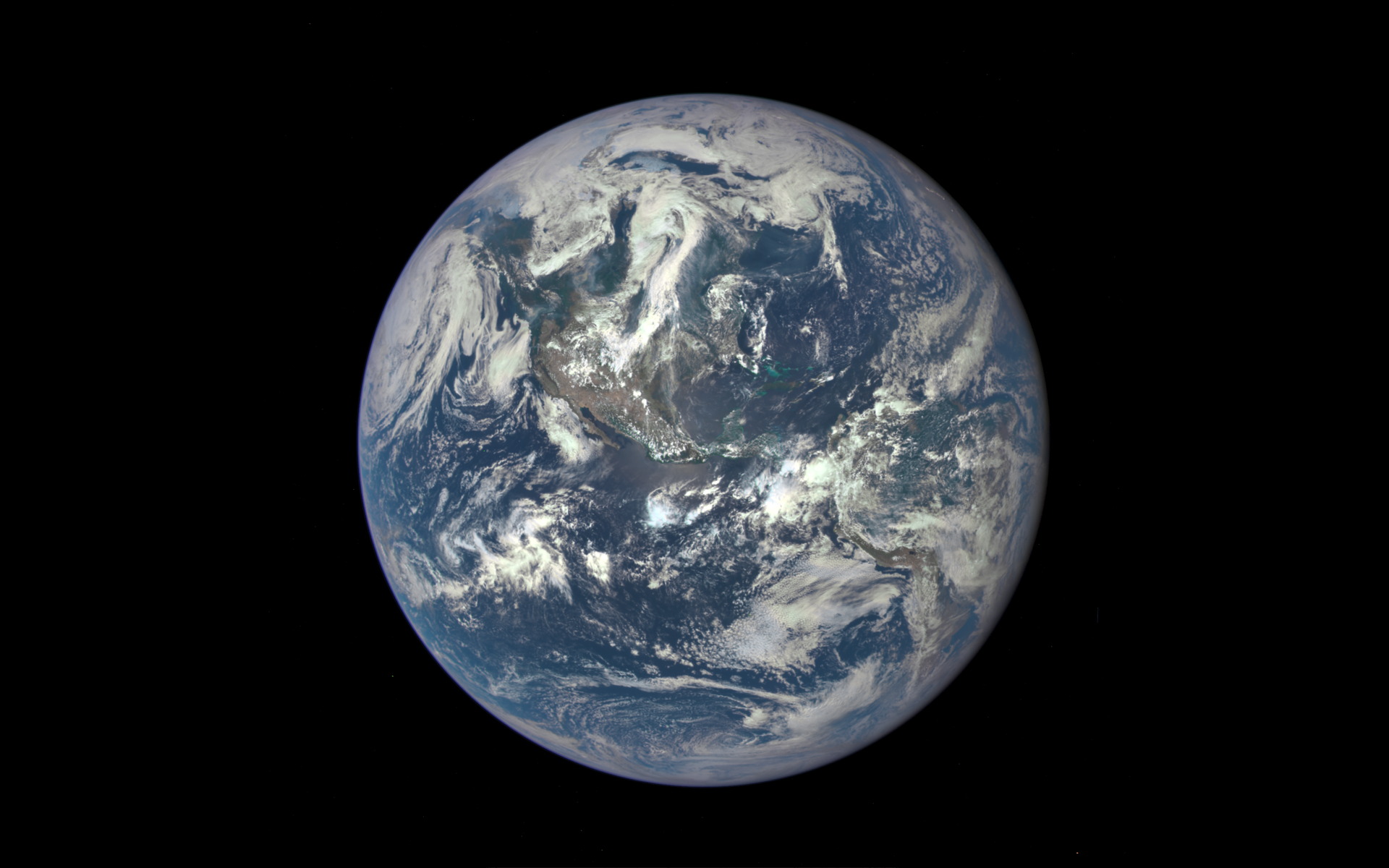
LONDON — A California-based startup wants to launch a constellation of orbiting mirrors, which will beam sunlight to solar power plants to boost renewable electricity production after dark. A prototype light-reflecting satellite could make its way to orbit next year.
Ben Nowack, the founder and CEO of Reflect Orbital, introduced the company's plans at the International Conference on Energy from Space, held here last week.
Reflect Orbital envisions a constellation of 57 small satellites orbiting Earth in a formation in sun-synchronous polar orbit, at an altitude of 370 miles (600 kilometers). In that orbit, the satellites would circle the planet from pole to pole while the planet rotates underneath them. The satellites would fly over each spot on Earth at the same time of the day, making two passes per 24 hours. Combined, the 57 satellites would provide an additional 30 minutes of sunshine to the power plants, at the time when energy is most needed, Nowack said.
"The problem is that solar energy is not available when we actually want it," Nowack said at the conference. "The more solar farms we build, the less people actually want it during the day. It would be really great if we could get some solar energy before the sun rises and after sunset, because then you could actually charge higher prices and make a lot more money. And we think that reflector-based technologies can solve this problem."
Related: Space-based solar power may be one step closer to reality, thanks to this key test (video)
The cost of solar panels has dropped by 90% over the past 15 years, according to the International Renewable Energy Agency, and their efficiency continues to increase, thanks to advances in photovoltaic technology. Thanks to that, solar power is now the cheapest form of electricity that has ever been available to humankind, according to Carbon Brief.
But the intermittent nature of solar energy generation is a problem that experts are still struggling to solve. On cloudy days, solar power plants are less productive than when the sky is clear. At night, solar energy generation stops completely. Battery systems and other renewables could make up for some of that shortfall, but so far nuclear and coal- and gas-fired power plants are needed as a backup.
"It's very easy to replace the first 1% of the energy grid with renewables," said Nowack. "It's very hard to replace the last 1%. That is the energy that you need on a day that is not windy but rainy."
Reflect Orbital's satellites will weigh only 35 pounds (16 kilograms) each and will be fitted with mylar mirrors 33 feet by 33 feet (9.9 by 9.9 meters) in size that deploy in orbit. Mylar is a plastic material used in space blankets, insulators and packaging. The mirrors are engineered to concentrate light into a tight beam that could be steered and focused based on the demand by solar farm operators.
"We want to make it as easy as possible — like, log into a website, tell us your GPS coordinates and we get you some sunlight after dark," said Nowack.
He added that the mirrors are designed to prevent light pollution.
Related: Japanese satellite will beam solar power to Earth in 2025
"If you are around 10 kilometers [6 miles] from the edge of a solar farm site, you're not going to see any light at all if you look up straight into the sky," said Nowack. "You may see some sort of glowing light, like there is some construction going on, if you look in the direction of the solar farm."
Last summer, Reflect Orbital tested its mirror on a hot air balloon floating 1.7 miles (3 km) above a solar farm. The company was able to generate "500 watts of energy per square meter" (11 square feet) of solar panel, which is about "half the brightness of the sun," according to Nowack. The company has secured funding to fly its first test satellite in space next year.
Other teams are studying orbiting mirror concepts to boost solar power generation. For instance, the University of Glasgow in Scotland is leading a European research project called SOLSPACE, which also examines the possibility of placing satellites fitted with thin reflecting panels into orbit to direct sunlight toward large solar farms at the beginning and end of each day, when demand for electricity is highest.
Russia experimented with orbital mirrors in the 1990s with its Znamya project. The Znamya 2 mission launched in 1992 and deployed a mirror in orbit that briefly flashed a beam of light toward Earth that traversed Europe from southern France to western Russia. The satellite fell back into Earth's atmosphere after only a few hours.
Orbiting mirrors, however, have their opponents. Speaking at the London conference, Andrew Williams of the European Southern Observatory warned that orbiting reflectors, unless designed with care, could shine more brightly than the brightest stars and exacerbate the satellite light pollution problem that astronomers are already facing.
After the launch of the first few batches of SpaceX's Starlink satellites in 2019, astronomers realized that these low-orbiting spacecraft can interfere with astronomical observations, leaving trails in images. SpaceX, Williams said, has since managed to partially eliminate the problem by altering the satellites' surface to reduce the amount of light they reflect.







